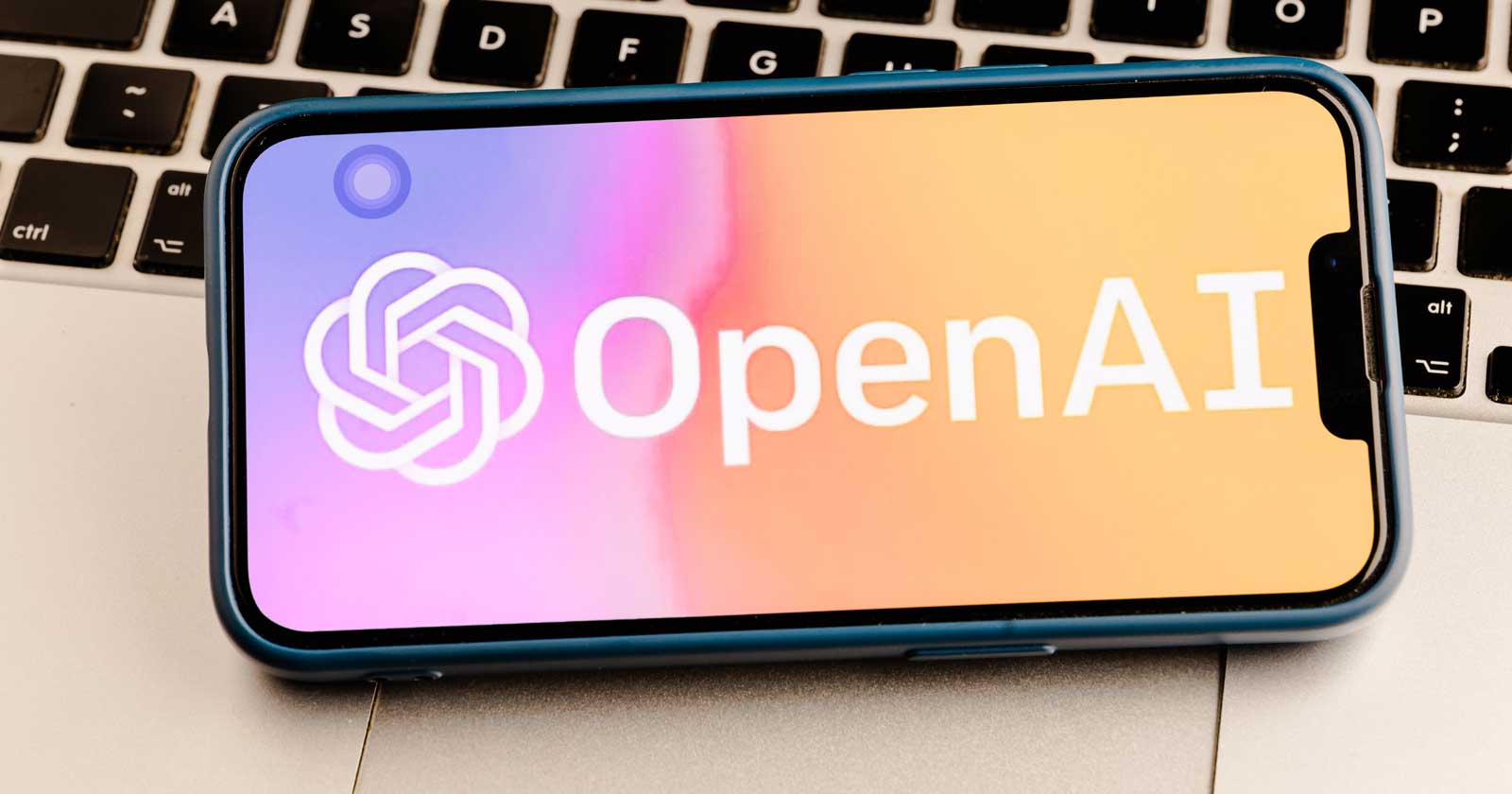OpenAI Introduces GPT-4o: The Omni-Language Model
OpenAI has unveiled the latest iteration of its renowned language model, GPT-4, known as GPT-4o, with the "o" signifying "omni" - a prefix meaning "all." This newly developed version is a significant leap forward in the realm of natural human-machine interactions, as it boasts the ability to process audio, image, and text inputs while also generating outputs in audio, image, and text formats.
GPT-4o: Advancements in Natural Language Processing
According to OpenAI, GPT-4o represents a significant advancement toward achieving more seamless interactions between humans and machines. Notably, this latest version exhibits response times comparable to that of human-to-human conversations. In the domain of English language tasks, GPT-4o meets the performance level of GPT-4 Turbo, while surpassing Turbo's capabilities in other languages. Moreover, there has been a substantial enhancement in the API's performance, resulting in improved speed and a 50% reduction in operational costs.
"As measured on traditional benchmarks, GPT-4o achieves GPT-4 Turbo-level performance on text, reasoning, and coding intelligence, while setting new high watermarks on multilingual, audio, and vision capabilities." - OpenAI
Revolutionizing Voice Processing
Prior to the development of GPT-4o, the conventional method of voice communication involved the coordination of three distinct models to facilitate the transcription of voice inputs into text. The subsequent processing and output of text were undertaken by the second model (GPT 3.5 or GPT-4), followed by a third model that converted the text back into audio. However, this sequential process was deemed to result in a loss of subtleties and nuances present in the original input.
"This process means that the main source of intelligence, GPT-4, loses a lot of information—it can’t directly observe tone, multiple speakers, or background noises, and it can’t output laughter, singing, or express emotion." - OpenAI
By contrast, GPT-4o streamlines the entire process by integrating all inputs and outputs within a single model, enabling seamless end-to-end audio communication. Notably, OpenAI acknowledges that they have yet to fully explore the full extent of the model's capabilities or understand its inherent limitations.
Enhanced Safety Measures and Gradual Release Strategy
OpenAI has implemented new safety protocols and filters within GPT-4o to prevent unintentional voice outputs and ensure user security. However, the current release of GPT-4o is restricted to text and image inputs, text outputs, and limited audio functionalities. The model is now available in both free and paid tiers, with Plus users benefiting from a fivefold increase in message limits.
Additionally, audio capabilities are slated for a phased alpha release for ChatGPT Plus and API users in the coming weeks. OpenAI's announcement underscores the ongoing efforts to enhance technical infrastructure, post-training usability, and safety measures to facilitate the release of additional modalities.
"We recognize that GPT-4o’s audio modalities present a variety of novel risks. Today we are publicly releasing text and image inputs and text outputs. Over the upcoming weeks and months, we’ll be working on the technical infrastructure, usability via post-training, and safety necessary to release the other modalities. For example, at launch, audio outputs will be limited to a selection of preset voices and will abide by our existing safety policies." - OpenAI
For further details on this groundbreaking development, you can access the full announcement here.
Featured Image by Shutterstock/Photo For Everything
Image/Photo credit: source url
[ad_2]



